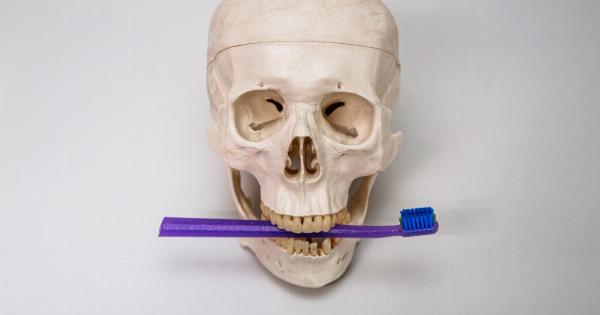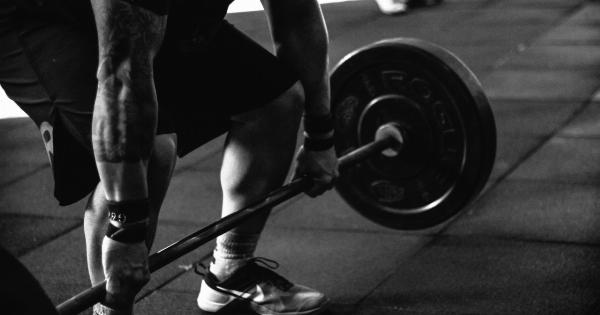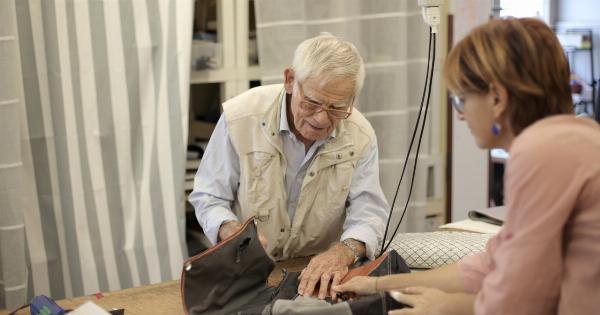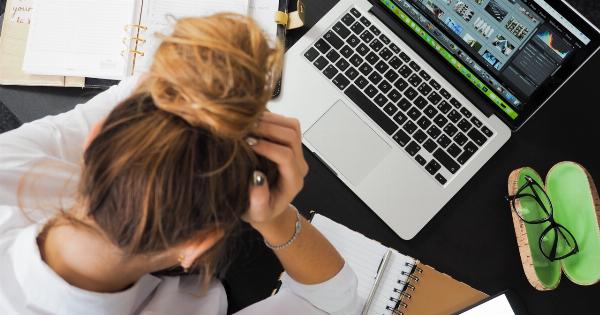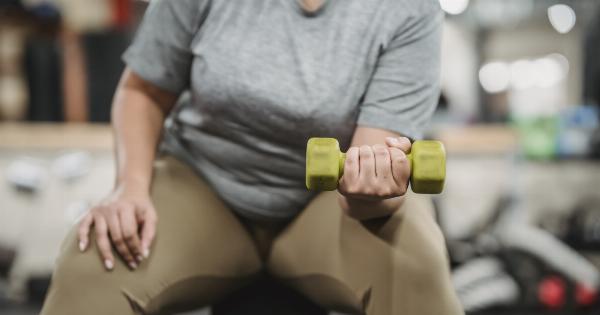It is estimated that approximately 80% of adults experience back pain at some point in their lives, and middle back pain is a common complaint.
Our spine plays a crucial role in supporting our body and facilitating movement, so it’s no surprise that any issues with the spine can lead to discomfort and pain. In this article, we will explore the various causes of middle back pain and delve into whether the spine is the primary culprit.
The Anatomy of the Spine
Before we dive into the potential causes of middle back pain, it’s essential to have a basic understanding of our spine’s anatomy. The spine consists of 33 vertebrae stacked on top of each other, forming the vertebral column.
These vertebrae are categorized into different regions, namely the cervical (neck), thoracic (middle back), lumbar (lower back), sacral, and coccygeal regions.
The Thoracic Spine: A Center of Stability
The thoracic spine, also known as the middle back, consists of 12 vertebrae (T1-T12) that connect the cervical and lumbar regions. It plays a crucial role in protecting our vital organs and providing stability to the upper body.
The thoracic spine is designed to be less mobile than the cervical and lumbar regions.
While this increased stability is beneficial, it also means that the thoracic spine is more prone to experiencing stiffness and limited motion range compared to other areas of the spine.
Potential Causes of Middle Back Pain
Now that we have a better understanding of the thoracic spine’s role let’s explore some potential causes of middle back pain:.
1. Poor Posture
One of the most common causes of middle back pain is poor posture. Continuous slouching or hunching over a desk can strain the muscles and ligaments in the thoracic spine. Over time, this can lead to chronic pain and discomfort.
2. Muscle Strain and Sprains
Engaging in activities that involve heavy lifting, sudden twisting movements, or repetitive motions can cause muscle strains and sprains in the middle back area. These injuries can lead to localized pain and muscle spasms.
3. Herniated Disc
A herniated disc in the thoracic spine can compress nearby nerves, leading to intense middle back pain. This condition can be caused by gradual wear and tear or a sudden injury to the discs that separate the vertebrae.
4. Osteoarthritis
Osteoarthritis, a degenerative joint disease, can affect the facet joints in the thoracic spine, leading to middle back pain. The gradual breakdown of these joints can cause stiffness, swelling, and discomfort.
5. Scoliosis
Scoliosis is a condition characterized by an abnormal sideways curvature of the spine. When scoliosis affects the thoracic spine, it can contribute to middle back pain.
Individuals with scoliosis may experience discomfort due to the spinal curvature’s impact on posture and alignment.
6. Compression Fractures
Compression fractures, most commonly caused by osteoporosis, can also be a source of middle back pain. These fractures occur when the vertebrae in the thoracic spine collapse or become compressed, leading to sharp, localized pain.
7. Poor Ergonomics
Spending prolonged periods in positions that strain the middle back, such as using an improperly adjusted office chair or sleeping on a mattress lacking proper support, can contribute to middle back pain.
Improving ergonomics can help alleviate discomfort.
8. Lifestyle Factors
Various lifestyle choices can impact middle back health. Lack of regular exercise, obesity, and smoking can weaken the muscles and increase the risk of developing middle back pain.
Engaging in physical activity, maintaining a healthy weight, and quitting smoking can all contribute to better spinal health.
9. Stress and Tension
Emotional stress and tension can manifest physically and contribute to middle back pain. Stress-induced muscle tension can lead to tightness and discomfort.
Engaging in stress-management techniques and relaxation exercises may help relieve middle back pain.
10. Underlying Medical Conditions
Some underlying medical conditions, such as fibromyalgia, spinal stenosis, or kidney problems, can cause referred pain in the middle back region. In these cases, treating the underlying cause is essential to alleviate the middle back pain.
Consult a Healthcare Professional
Middle back pain can significantly impact one’s quality of life, so it’s important to consult a healthcare professional for an accurate diagnosis and appropriate treatment plan.
They may recommend conservative approaches like physical therapy, pain medications, or lifestyle modifications. In severe cases, surgical intervention may be necessary.
Prevention and Self-Care Tips
While seeking professional advice is crucial, there are some preventive measures and self-care tips that individuals can adopt to minimize the risk of middle back pain:.
1. Maintain Proper Posture
Ensure that you sit and stand with proper posture, aligning your spine correctly. Avoid slouching or hunching forward for extended periods.
2. Stretch and Strengthen
Engage in regular stretching and strengthening exercises that target the middle back and core muscles to improve flexibility and support. Be cautious, and consult a professional for appropriate exercises.
3. Lift with Proper Technique
When lifting heavy objects, use your legs instead of your back to minimize strain on the middle back. Bend at the knees and keep the load close to your body as you lift.
4. Practice Good Ergonomics
Ensure that your work environment is ergonomically optimized. Use an adjustable office chair, position your computer monitor at eye level, and take regular breaks to stretch and move.
5. Maintain a Healthy Lifestyle
Engage in regular physical activity to strengthen the muscles supporting your spine. Maintain a healthy weight and avoid smoking, as it can hinder circulation and impair healing processes.
Conclusion
Middle back pain can be debilitating and impact various aspects of life. While the spine can be a primary contributor to this type of pain, it’s essential to consider other potential causes and seek professional advice for an accurate diagnosis.
By understanding the causes and implementing preventive measures and self-care tips, individuals can reduce their risk of middle back pain and enjoy a healthy, pain-free life.












